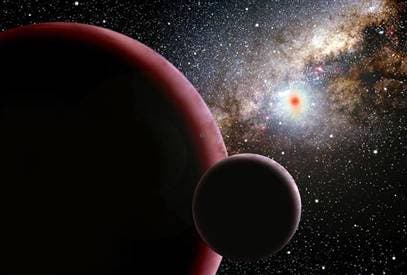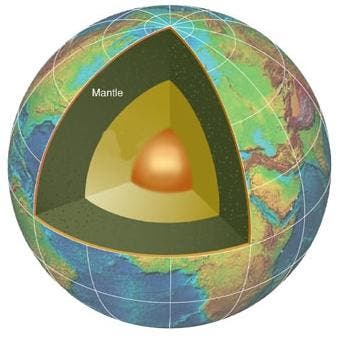The Planet

Scientists using the Keck telescope in Hawaii discovered a new planet they’ve called HD156668b. Located in the Hercules constellation 80 light years away from us, this “Super Earth” has all the odds of being inhabited.
“This is quite a remarkable discovery,” said astronomer Andrew Howard of the University of California at Berkeley. “It shows that we can push down and find smaller and smaller planets.”
Of Super Earths

But of course, even such a (relatively) small difference can cause significant modification in the planetary dynamics. With these bigger planets, the interior would of course be hotter, bigger, and the planetary crust would be thinner and would suffer more stress. The tectonic movement would be much active and as a result, earthquakes, volcanic eruptions and other such processes would take place way more often.


